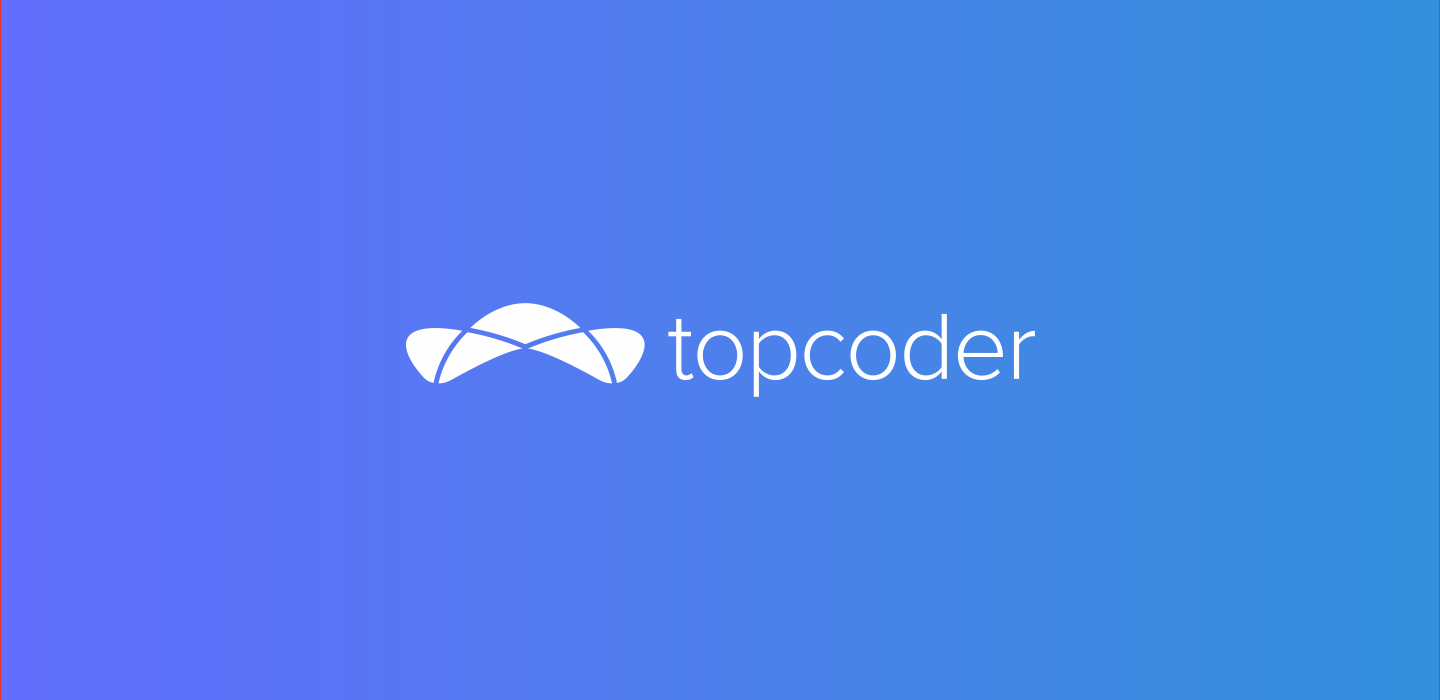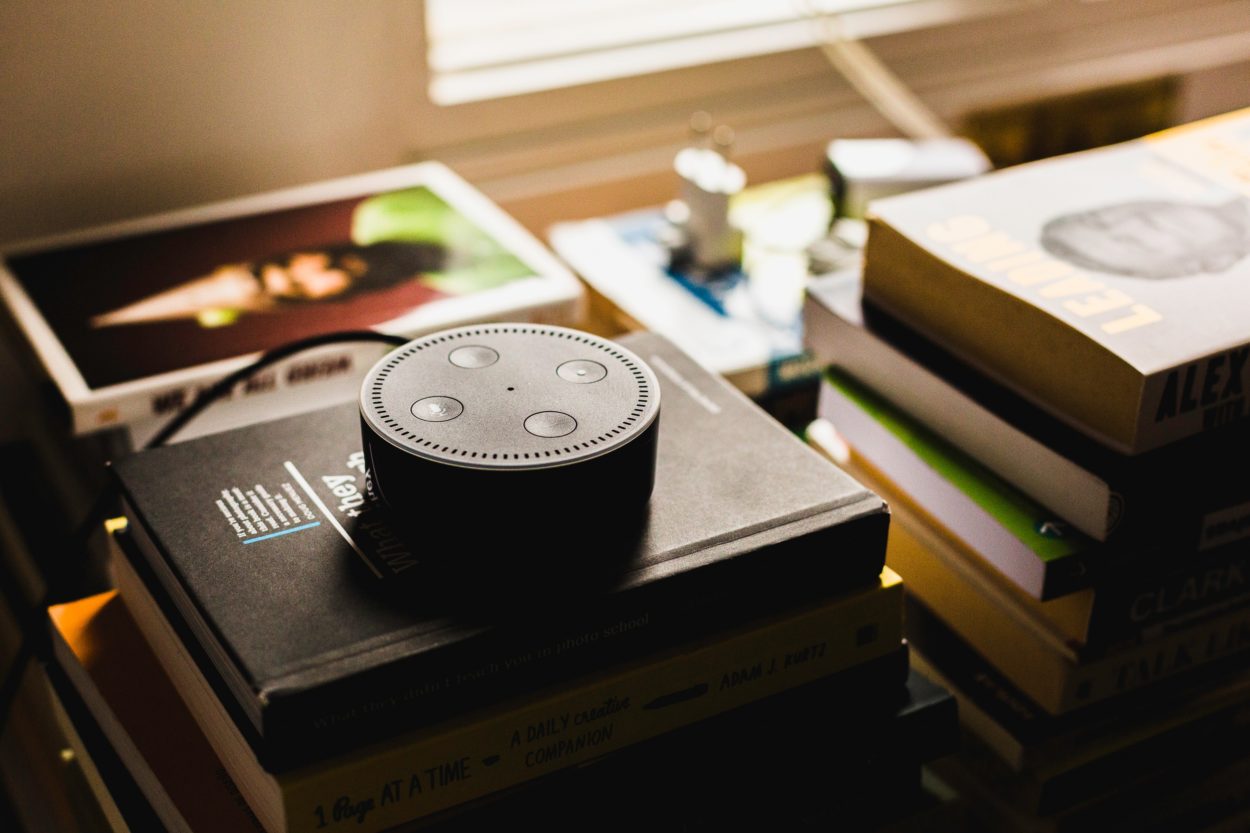August 24, 2018 Exploring Mobile App Development’s Connection to IoT
This is the age of the Internet of Things (IoT), and those things have quite a role to play in the world of app development. IoT networks, which consist of multiple smart devices, are built to communicate with one another and share information. With the number of IoT objects rising — which is expected to hit 18 billion by 2022 (including 1.5 billion with cellular connections) — it’s time to look at the connection between IoT and mobile apps.
This growth means that more applications in a variety of industries will be introduced. It also opens up the opportunity to leverage IoT solutions in mobile apps. Let’s look at the ways in which mobile app development influences IoT.
Smartphones make IoT management easier
Billions of users around the world have smartphones, with that number increasing every day. It also makes sense that mobile apps are the preferred channel for accessing IoT, due to the ease of developing them. Mobile has a more flexible platform for transmitting data as well. With a single device and app, IoT devices can be managed and monitored.
Mobile apps leveraging IoT
Mobile apps have made life easier in a variety of ways. Now, they have the power to link lots of devices and exchange information. An app is a hub that can leverage IoT to do even more amazing things with technology. It’s already happening, and this relationship will grow as more devices are created and more apps are developed.
Here are some key areas where mobile apps are leveraging IoT:
Wearables
Wearable devices are essential in IoT solutions. With Bluetooth and Wi-Fi, smart watches, eyeglasses, or other kinds of wearable bands can all be connected to a device. This creates a two-way conversation about data between the devices.
Smartphone apps and smartwatches are the most prolific pairing. The watch becomes an extension of the smartphone, with information shared back and forth. Your watch pings when you get a text message. Your watch collects the number of steps in a day and communicates that back to the app so that the data is accessible and aggregated with what you ate and how you slept. Then you’re looking at data that tells a story about your overall health and fitness.
Without the mobile app, the smart devices would have nowhere to send their data. It would be inconvenient to have to hook up a smartwatch to a laptop every day to download data.
Healthcare and medicine
There are multiple IoT-enabled devices used in the field of healthcare, including IVs, vital sign monitors, infusion pumps, and more. These devices all use sensors to collect data. This data is transferred to an app, creating a smooth workflow. Medical IoT devices also need “direction” in a two-way conversation. Mobile apps can set the dosage of medicine through pumps and IVs. They can also collect vitals and share them with a patient’s electronic medical record.
Healthcare is one of the leading industries for IoT development, and the market will only grow. However, the connection between IoT devices and a smartphone in healthcare does come with caveats. Exchanging personal healthcare information must be done so on a secure network to comply with HIPAA rules. So, this must be a consideration when talking about leveraging IoT in the medical field — in addition to an important for blockchain technology.
Smart homes
Home automation is in full motion with the use of IoT devices. So many features can be controlled within a home from the AC to locks and security. Mobile apps make all this easier for homeowners. They can even see from cameras exactly what’s going on in their home remotely. These devices have the ability to “learn” as well from the instruction and conversation it receives from the mobile app.
For example, if your smart thermostat learns the settings you like best throughout the day, it can eventually automate this process. The same with turning lights on or off.
Agriculture
Agriculture needs an evolution if it’s going to meet the rising demand for food in the world, as the global population continues to increase. Enter IoT devices, which via sensors can monitor the crop and conditions, looking at light, temperature, humidity, and soil condition. Farmers have the ability to review all this information with a mobile app, which leads to more efficient farming. Additionally, the industry is using smart drones to survey the land, and monitoring has also begun being used in tracking livestock.
Retail
In retail environments, it’s all about making the customer experience better. IoT devices enable the collection of data, which retailers can use to craft a better experience. For example, if Wi-Fi foot traffic monitoring and sensors show that customers linger in certain areas, this could be a sign of your most enticing products. That could change a store layout or affect the type of content played on digital signage. With an app, the data is more accessible, and improvements can be made faster.
In addition to in stores, retailers are using smart transportation to get goods where they need to go with better route optimization. IoT devices use GPS to track and route trucks. Using a mobile app to access this data and direct the route makes for a much more efficient process.
Smart cities
There is a huge wave of IoT devices that are creating smarter urban areas. There are numerous applications of how devices can be used to make city living easier. What if you could use an app to find parking? With the right sensors and communication, a driver could know exactly where to find the best spot.
IoT devices can also help ease congestion with sensors and data exchanges. This not only helps drivers, but it also provides critical data to urban planners about where high-traffic areas exist.
Why app dev and IoT?
App development is a cost-effective approach to control and communication. Integrating apps with IoT development offers more convenience and ease on both a personal and a business level. The physicality of needing to be there is removed, creating more efficiency.
Challenges with developing apps for IoT solutions
What kind of challenges does leveraging the IoT have on app development? Well, IoT is still a journey not fully known. The issues often can’t be simulated; they have to be discovered.
Specific protocols also have to be considered. But this is an exploration with new solutions. Developers can gain complete control over how development moves forward, playing with trial and error until virtually seamless.
There are also security concerns. The more devices are added to a network, the more vulnerable it is to security threats. So both the IoT devices and the apps that control them must be secure by design. Everything relating to operating systems needs to be updated, as not patching can also pose a huge security risk.
Opportunities in IoT await
Leveraging IoT with mobile apps improves workflows and offers convenience in everyday life. IoT devices would be used a lot less and not have such accessibility without mobile apps. That’s why it’s critical that IoT devices be made compatible with mobile apps from the start. This opens up tremendous opportunity in the space. So what’s your next move? If your business is using or developing IoT devices, then mobile app development is crucial. But how will you get there? It helps to work with developers that have experience with IoT and mobile app development — like the ones at Topcoder.
Beth Osborne



